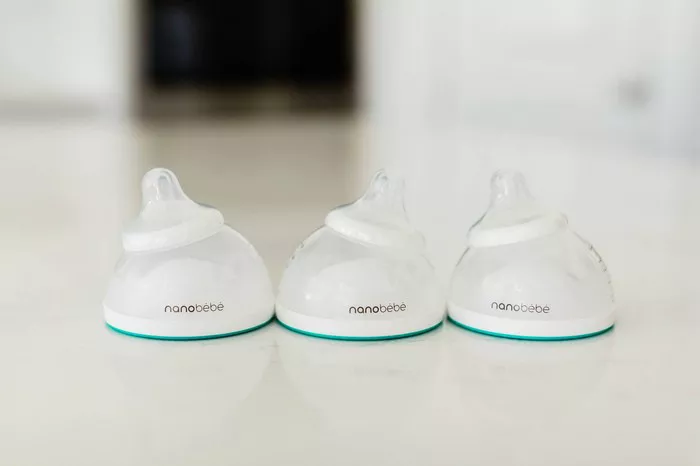Pacifiers, those trusty soothers that have lulled countless infants into peaceful slumber, eventually need to bid adieu. Whether due to concerns about dental development, age-appropriate weaning, or simply the desire to encourage independent sleep habits, many parents find themselves on the quest for suitable replacements. Fear not, for there exists a plethora of alternatives to ease this transition. In this comprehensive guide, we delve into the world of pacifier alternatives, exploring options that are comforting, safe, and conducive to healthy development.
Understanding the Need for Replacement:
Before diving into alternatives, it’s essential to recognize why the pacifier needs replacing in the first place. While pacifiers serve as effective tools for soothing infants and promoting self-soothing skills, prolonged use can pose challenges. Pediatric dentists often caution against extended pacifier use beyond infancy, as it can lead to dental issues such as misalignment or palate changes. Furthermore, as children grow older, reliance on pacifiers can interfere with speech development and hinder the establishment of independent sleep patterns. Therefore, finding suitable replacements becomes paramount to support a child’s overall well-being.
Transitioning with Sensitivity:
Transitioning away from the pacifier is a significant milestone for both child and parent. It’s crucial to approach this transition with sensitivity and patience, understanding that it may take time for your child to adapt to new soothing methods. Here are some tips for navigating this transition:
1. Gradual Reduction: Rather than abruptly eliminating the pacifier, consider gradually reducing its use. Start by limiting pacifier use to specific times, such as naptime and bedtime, before eventually phasing it out altogether.
2. Offer Comfort and Reassurance: Provide plenty of comfort and reassurance during the transition period. Offer cuddles, gentle words, and other comforting rituals to help ease any anxiety your child may experience.
3. Introduce Alternatives: Introduce alternative soothing methods alongside the pacifier to help your child develop new coping strategies. This could include comfort objects, such as a soft blanket or stuffed animal, or soothing activities like gentle rocking or singing.
Exploring Pacifier Alternatives:
Now that we’ve established the importance of replacing the pacifier, let’s explore a variety of alternatives suited to different ages and preferences:
1. Comfort Objects: Many children form attachments to comfort objects, such as blankets, stuffed animals, or dolls. These items provide a sense of security and familiarity, serving as a comforting substitute for the pacifier. When choosing a comfort object, opt for something soft and easily washable.
2. Thumb or Finger-Sucking: For some children, thumb or finger-sucking may naturally replace the pacifier as a self-soothing mechanism. While thumb-sucking can be comforting, it’s essential to monitor for any signs of dental issues or skin irritation. Gentle reminders to limit thumb-sucking during waking hours can help prevent prolonged habits.
3. Sippy Cups or Water Bottles: As children grow older, offering a sippy cup or water bottle can provide a soothing alternative to the pacifier. Fill the cup with water or a small amount of milk and encourage your child to sip when they feel the need to suck for comfort.
4. Breathable Lovey Blankets: These blankets are designed with a breathable fabric and small attached plush animal for babies to cuddle with. They offer a safe alternative to pacifiers, allowing babies to self-soothe while reducing the risk of suffocation.
5. Pacifier Weaning Devices: There are specialized pacifier weaning devices available that gradually reduce the suction strength of the pacifier over time. This gradual weaning process can help ease the transition away from the pacifier without causing undue stress for the child.
6. Positive Reinforcement: Encourage and praise your child for successfully using alternative soothing methods. Positive reinforcement can help reinforce the transition away from the pacifier and build confidence in their ability to self-soothe.
Conclusion:
The journey of replacing the pacifier is a significant milestone in your child’s development, requiring patience, understanding, and sensitivity. By gradually introducing alternatives and providing plenty of comfort and reassurance, you can support your child through this transition while promoting healthy self-soothing skills. Remember that every child is unique, so it’s essential to tailor your approach to meet their individual needs. With time and patience, you’ll successfully navigate this transition, paving the way for your child to thrive without the need for a pacifier.


